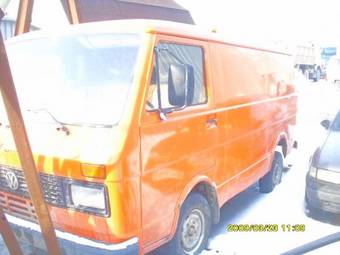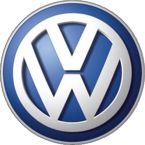1991 Volkswagen New Beetle
Photo #1 - Enlarge photo 639x479

Photo Information (Width: 340px, Height: 255px, Size: 12Kb)
Volkswagen New Beetle Problems
Trouble shooting
2003, airconditioner works, then shuts off,
then works again, at the same time the turn
signal...
ESP
2002, THE ESP LIGHT USED TO COME ON NOW AND
AGAIN BUT AS SOON AS I TURNED THE ENGINE OFF IT
WE...
| Engine size - Displacement - Engine capacity: | 2364 cm3 |
| Transmission Gearbox - Number of speeds: | Manual |
| Fuel Type: | Diesel |
| Drive wheels - Traction - Drivetrain: | FR or RR |
| Price (out of date): | $2500 |
The New Beetle is offered as a two-door coupe with the following engine choices; a 2.0-liter, 90-hp turbodiesel; a 2.0-liter, 115-hp 4 cylinder, and a 1.8-liter/150-horsepower turbocharged 4 cylinder. Choose between manual and automatic transmissions. ABS is standard.
1991 Volkswagen New Beetle specs, Engine size 2364cm3, Fuel type Diesel, Drive wheels FR or RR, Transmission Gearbox Manual
|
For vehicle timeline tables, see: Volkswagen (timeline)
Origins in 1930s GermanyAdolf Hitler had a keen interest in cars even though he did not like to drive. In 1933, shortly after taking over as leader of Germany, he asked Ferdinand Porsche to make changes to his original 1931 design to make it more suited for the working man. Hans Ledwinka discussed his ideas with Ferdinand Porsche, who used many Tatra design features in the 1938 "KdF-Wagen", later known as the VW Käfer—or Volkswagen Beetle. On 22 June 1934, Dr. Ferdinand Porsche agreed to create the "People's Car" for Hitler. Changes included better fuel efficiency, reliability, ease-of-use, and economically efficient repairs and parts. The intention was that ordinary Germans would buy the car by means of a savings scheme ("Fünf Mark die Woche musst Du sparen, willst Du im eigenen Wagen fahren" — "Save five Marks a week, if you want to drive your own car"), which around 336,000 people eventually paid into. Volkswagen honoured its savings agreements in West Germany (but not in East Germany) after World War II[citation needed]. Prototypes of the car called the "KdF-Wagen" (German: Kraft durch Freude — "strength through joy"), appeared from 1936 onwards (the first cars had been produced in Stuttgart). The car already had its distinctive round shape and air-cooled, flat-four, rear-mounted engine. The VW car was just one of many KdF programmes which included things such as tours and outings. The prefix "Volks" ("People's") was not just applied to cars, but also to other products in Nazi Germany; the "Volksempfänger" radio receiver for instance. On 28 May 1937, the Gesellschaft zur Vorbereitung des Deutschen Volkswagens mbH was established by the Deutsche Arbeitsfront. It was later renamed "Volkswagenwerk GmbH" on 16 September 1938. » Read More About Volkswagen |


